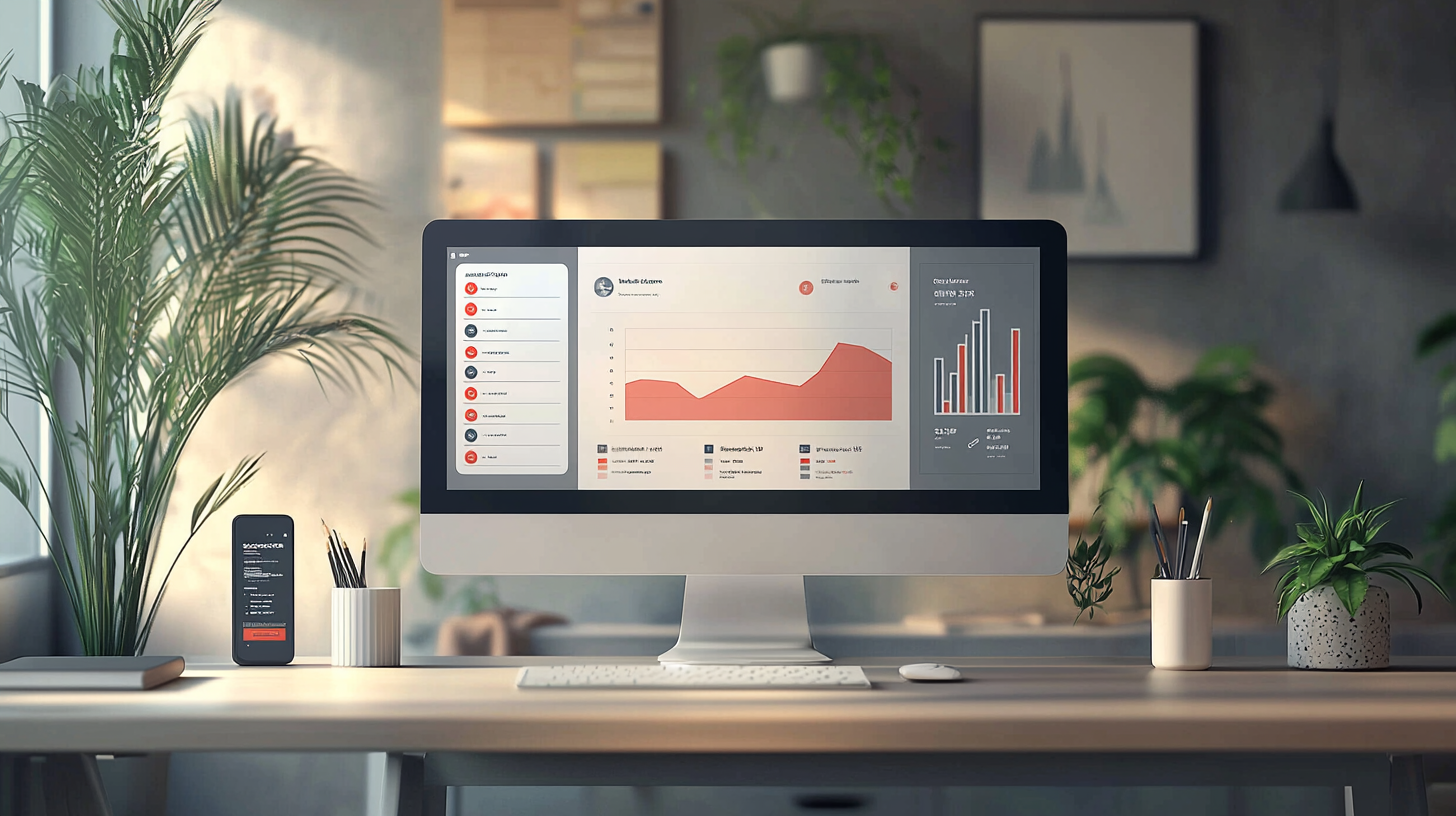
What is Churn Rate?
Simple Definition:
Churn rate is the percentage of customers who stop using your product or service during a specific time period. It’s like measuring how many customers wave goodbye and walk away.
Why Churn Rate Matters
- Cost Impact
- Acquiring new customers costs 5-25 times more than keeping existing ones
- Lost revenue from departing customers
- Wasted onboarding and marketing costs
- Growth ImpactThink of your customer base like a bucket with a hole:
- New customers = Water flowing in
- Churned customers = Water leaking out
Even with lots of new customers, high churn can keep your bucket from filling up.
- Business Health Indicator
- Shows customer satisfaction
- Indicates product-market fit
- Predicts future revenue
- Influences company valuation
How to Calculate Churn Rate
Basic Formula
Churn Rate = (Lost Customers ÷ Starting Customers) × 100
Simple Example
If you start January with 1,000 customers and lose 50 by the end:
Churn Rate = (50 ÷ 1,000) × 100 = 5%
Different Types of Churn
1. Customer Churn
When customers completely stop using your service. Example: Canceling a Netflix subscription.
2. Revenue Churn
When customers spend less money with you. Example: Downgrading from premium to basic plan.
3. Voluntary Churn
When customers choose to leave. Example: Switching to a competitor.
4. Involuntary Churn
When customers leave due to circumstances. Example: Failed payment method, company going out of business.
Industry Benchmarks
Subscription Services
- Video Streaming: 2-3% monthly
- Music Streaming: 4-5% monthly
- Meal Kit Services: 10-15% monthly
SaaS (Software as a Service)
- Enterprise: 5-7% annual
- Small Business: 3-5% monthly
- Consumer: 5-7% monthly
Traditional Services
- Gyms: 20-25% annual
- Mobile Carriers: 10-25% annual
- Cable TV: 15-25% annual
Common Causes of Churn
1. Product Issues
- Poor user experience
- Missing features
- Technical problems
- Difficult onboarding
2. Customer Service Issues
- Slow response times
- Unhelpful support
- Poor problem resolution
- Lack of proactive support
3. Value Issues
- Price too high
- Better alternatives available
- Unmet expectations
- Unclear benefits
4. Natural Causes
- Changed needs
- Budget constraints
- Business closure
- Seasonal usage
How to Reduce Churn
1. Improve Onboarding
- Bad Example: Leaving new customers to figure things out alone
- Good Example: Welcome email series, tutorial videos, setup assistance, check-in calls
2. Enhance Customer Support
- Bad Example: Only responding when customers complain
- Good Example: Proactive support, regular check-ins, quick response times, multiple support channels
3. Add Value
- Bad Example: Same features for years
- Good Example: Regular updates, new features, educational content, loyalty rewards
4. Listen to Feedback
- Bad Example: Ignoring customer complaints
- Good Example: Regular surveys, feedback loops, exit interviews, action on feedback
Warning Signs of Potential Churn
1. Usage Patterns
- Decreased login frequency
- Lower feature usage
- Fewer interactions
- Shorter sessions
2. Customer Behavior
- Support tickets increase
- Payment issues
- Negative feedback
- Less engagement
3. Market Indicators
- Competitor launches
- Industry changes
- Economic factors
- Technology shifts
Measuring Success
Key Metrics to Track
- Overall Churn Rate: Monthly rate, annual rate, trend over time
- Segment-Specific Churn: By customer type, plan type, usage level, acquisition channel
- Customer Lifetime Value (CLV): Average revenue per customer, length of customer relationship, profit per customer
Best Practices
- Regular Monitoring: Track churn daily/weekly, analyze patterns, set alerts for spikes, compare to benchmarks
- Segmentation: Identify high-risk groups, target interventions, personalize retention efforts, focus resources effectively
- Continuous Improvement: Test retention strategies, measure results, adjust approaches, share learnings

Leave a Reply